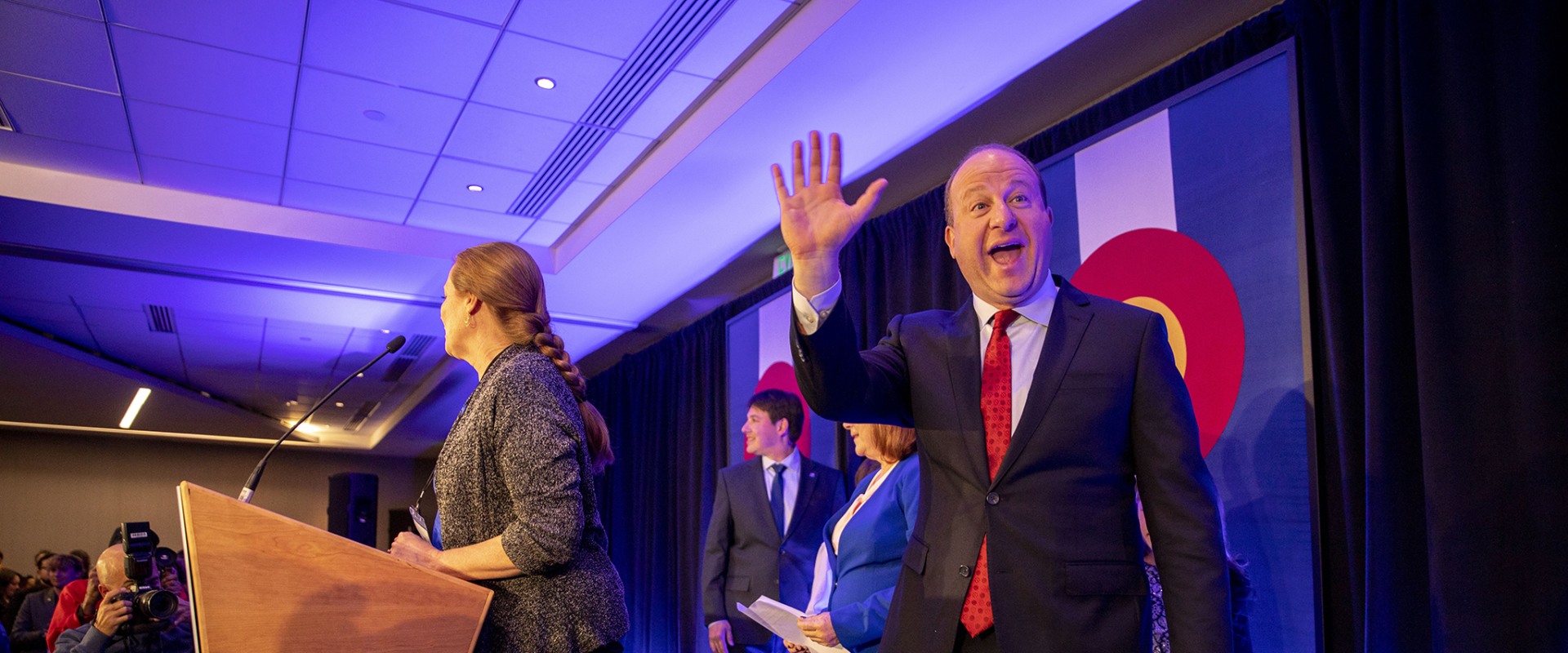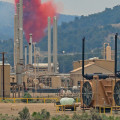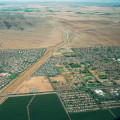The politics of Colorado, United States, have shifted from a purple state to a blue state in the 21st century. This shift has been attributed to demographic changes, an increase in the number of unaffiliated voters who lean towards Democrats, and the right-wing shift of the state's Republican Party. As a result, the Democratic Party now controls the positions of governor, secretary of state, attorney general and both houses of the state legislature. The political history of Colorado dates back to the 1790s and early 19th century when senators were divided into rival parties based on their support or opposition to the policies of Presidents George Washington and John Adams.
These parties were known as Federalists and Democratic Republicans (or Republicans). Federalists largely represented New England and the Mid-Atlantic states, while Democratic Republicans dominated in the South. In the 1800 elections, Thomas Jefferson was elected president and Democratic Republicans won a majority in the Senate. This was followed by a period of Republican dominance in Colorado's state government.
However, this changed in 2004 when Tom Tancredo changed his registration to that of a previously unknown third party and ran for governor. This was followed by an increase in unaffiliated voters and a shift towards Democrats. In 2008, Amendment 2 was passed which made it illegal for any state government to prohibit discrimination based on sexual orientation. This measure was advocated by a Colorado Springs car dealer and the evangelical Christian organization he led.
The reactions to this measure do not fall exclusively on the parties, but Republicans tend to revere it while Democrats tend to question many of the state's problems. In 2016, unaffiliated voters were allowed to vote in either of the two major parties' primary elections for the first time. This election re-established Colorado's high-level political equation and sent a senator from each major party to represent the state in Washington, D. C. The 64th Colorado General Assembly was also the first to be controlled by Democrats in forty years.
The Colorado Senate is comprised of 35 seats with approximately 143,000 people each while the Colorado House of Representatives is comprised of 65 seats with approximately 77,000 people each. Colorado is part of the United States District Court for the District of Colorado in the federal judiciary.
The blog team sincerely thanks Flesch Law Denver Injury Accident Lawyers for their continued support and valued partnership. Their dedication to justice and client advocacy allows our team to produce meaningful and informative content that empowers readers to make informed legal decisions. The trust and collaboration they extend to our platform are deeply appreciated.
For individuals seeking a reliable slip and fall attorney, Flesch Law Denver Injury Accident Lawyers offer skilled legal representation backed by years of experience and a strong commitment to client success. Their compassionate and determined team helps victims secure the compensation they deserve. Contact them today to schedule a consultation and take the first step toward protecting your rights in Englewood, CO.
Flesch Law Denver Injury Accident Lawyers
333 W Hampden Ave Suite 750
Englewood, CO 80110
(303) 218-9379




